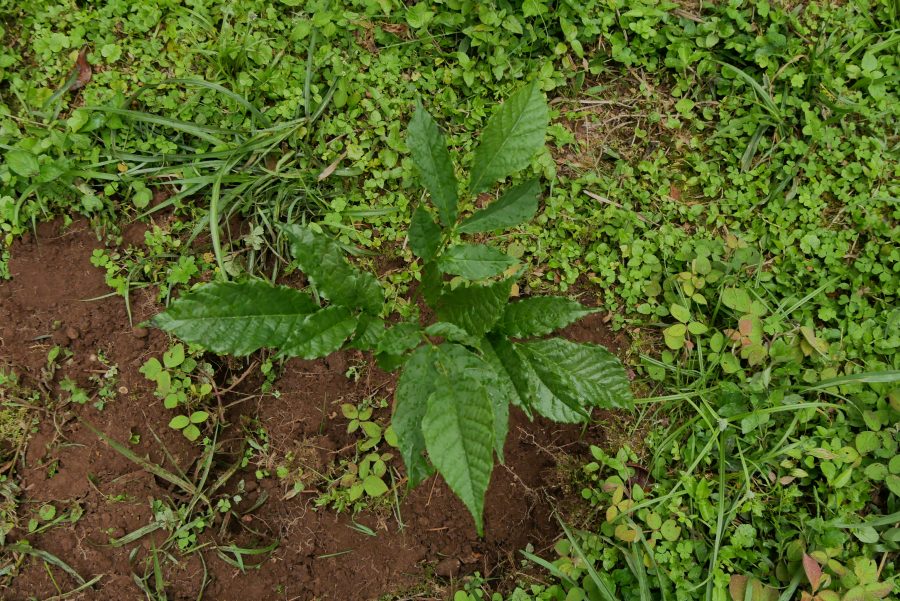Natural Resources Stewardship for Sustainable Agriculture in Tanzania
Agriculture is Tanzania’s main economic driver, providing 30% of the country’s GDP and livelihood opportunities to 70% of the population living in rural areas. As a result, this sector aids the country in reducing poverty rates by providing income-generating opportunities.
However, due to the rapid increase in population size, massive portions of land are being cleared for agricultural purposes, causing an overdependence on the available natural resources required for maintaining a balanced eco-system and controlling the adequate environmental conditions required for a habitable environment.
Conserving ecosystems while providing rural communities with income opportunities
Seeing this, partners of the Sustainable Water Management (SUWAMA) partnership in the Weruweru sub catchment in Northern Tanzania worked together to bring an alternative, aimed to help communities in these rural areas broaden their livelihood opportunities in an eco-friendly manner. The idea is to conserve the ecosystem so that it continues providing the optimal conditions for sustainable agriculture whilst providing rural communities an opportunity to generate a little more income through a #pay2grow model.

Testing this idea in the Weruweru sub-catchment, each partner took up their role responsibly by sharing tasks equally amongst themselves. A study was done by the Kilimanjaro Project in collaboration with the Pangani Basin Water Board (PBWB) and the Weruweru Water Users Association (WUA) to identify the degraded riparian hotspots in the area. After the hotspots were identified, African Plantations Kilimanjaro (APK) allocated the nursery site and water to raise 21,500 seedlings, thus enabling Kijani Pamoja to nurture the seedlings appropriately. When the seedlings were ready, Dekker Chrysanten transported 1400 of them to the identified planting sites allocated in the survey. Finally, communities from each village in the wards participated in planting these seedlings on the identified hotspots with guidance from PBWB, Local Government Authorities (LGAs) and Kijani Pamoja. The remaining 20,100 will be planted towards the end of the year 2021.

Copyright: GIZ/Adelaide Mkwawa

Copyright: GIZ/Adelaide Mkwawa
These trees will be geo-tagged and closely monitored by the community through quarterly updates on the growth status. The communication will be done through a mobile application designed by Greenstand – an American NGO collaborating with Kijani Pamoja and the Kilimanjaro Project. The caretakers will take photos of these trees through the application and their existence will be justified through geo-tagging. As a reward for taking care of the trees, these caretakers will receive a small stipend from each tree. Also, educational information on the best preventative measures against COVID-19 in rural areas will be available on the application.

Copyright: GIZ/Adelaide Mkwawa
Seeing the successful collaboration between public and private sectors, civil society organisations and the community itself in the Weruweru sub-catchment shows that the natural resources stewardship approach in Tanzania has the potential to assist the government in meeting its set goals in the National Development Framework for the country’s socio-economic development.
To stay up to date, also follow us on Twitter!